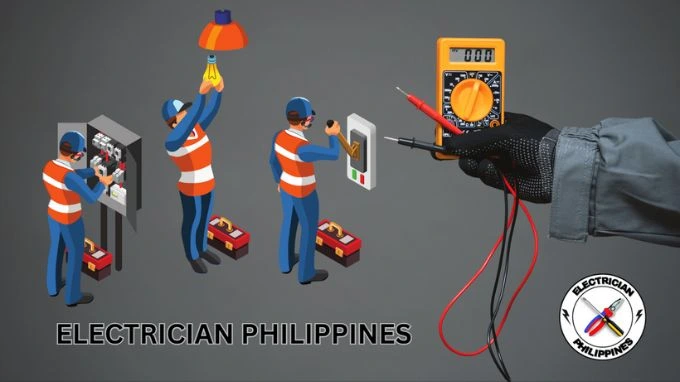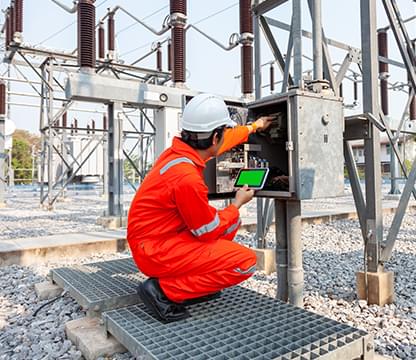Leading Tips for Effective Electrical System Troubleshooting
Repairing electrical systems requires a systematic method, grounded in a comprehensive understanding of electric principles and security protocols. By acquainting oneself with circuit components, making use of crucial devices, and sticking to a structured analysis technique, specialists can effectively recognize and fix issues. Nevertheless, the nuances of efficient repairing prolong past simple technological knowledge; comprehending just how to document searchings for and prioritize security can significantly influence end results. As we explore these vital elements even more, it ends up being clear that understanding this process is not just beneficial but necessary for success in the field.
Understand the Essentials
Understanding the fundamentals of electrical systems is necessary for reliable troubleshooting, as a strong structure enables technicians to diagnose and deal with issues much more efficiently. A comprehensive grasp of electric concepts, such as voltage, current, resistance, and power, is important in determining the source of troubles. Voltage is the electrical prospective difference that drives existing via a circuit, while resistance opposes the circulation of present, impacting the overall functionality of the system.
Familiarity with circuit elements, including resistors, capacitors, diodes, and switches over, is likewise critical. Each part plays an unique duty in circuit habits and can influence performance when malfunctioning. In addition, recognizing series and identical circuit configurations is essential, as these arrangements affect the distribution of voltage and present within the system.
Technicians should be conscious of potential threats, such as shock and short circuits, to apply risk-free troubleshooting methods. By grasping these fundamental principles, technicians enhance their ability to carry out reliable diagnostics and repairs, ultimately leading to improved performance and reliability of electrical systems (electrical system troubleshooting).
Gather Necessary Equipment
Reliable troubleshooting of electric systems calls for the ideal set of tools to detect and solve concerns precisely. Vital tools consist of a multimeter, which determines voltage, current, and resistance, permitting for precise evaluations of electric elements.
Additionally, shielded hand tools such as screwdrivers, pliers, and cord pole dancers are critical for securely adjusting electric connections. It is additionally recommended to have a circuit tester on hand to verify the presence of voltage in electrical outlets and wires. For even more complex systems, a thermal imaging camera can aid discover overheating elements, indicating possible failures.

Comply With an Organized Approach
Having gathered the suitable tools, the next step in fixing electric systems is to adhere to an organized strategy. A systematic strategy ensures that specialists can identify faults efficiently and accurately, reducing downtime and avoiding unnecessary repair work.
Begin by evaluating the system's schematic diagrams and requirements. This includes checking each element methodically, starting from the power source and working in the direction of the load.
Make use of testing tools, such as multimeters and oscilloscopes, to collect unbiased data concerning voltage, present, and resistance at different factors within the system. This empirical proof will direct your troubleshooting initiatives and aid to confirm or get rid of prospective causes of failure.
In addition, take into consideration environmental variables that might influence the system's efficiency, such as temperature changes or moisture ingress. A comprehensive evaluation of electrical wiring, connections, and parts will certainly make certain that all possibilities are accounted for.
Record Your Findings
Extensive paperwork is important in the repairing process of electrical systems. Exact documents improve the efficiency of determining repeating concerns and facilitate interaction among staff member. Each searching for should be diligently noted, consisting of signs and symptoms observed, tests conducted, and the results of those examinations. electrical system troubleshooting. This practice not only help in comprehending the root reason of the trouble but likewise acts as a recommendation for future fixing efforts.

In addition, great site preserving a log of parts replaced or fixings executed is invaluable. This details sustains stock management and can aid examine the longevity and integrity of details parts.
Ultimately, the documents procedure should be detailed yet click here for more concise, allowing easy retrieval and testimonial - electrical system troubleshooting. By focusing on in-depth documentation, specialists can develop an important knowledge base that not just help in existing troubleshooting yet additionally equips future maintenance initiatives, therefore boosting general system reliability

Prioritize Precaution
Acknowledging the inherent dangers linked with electrical systems is vital for making sure safety and security during troubleshooting. Electric shock, burns, and tools damage are simply a few of the prospective risks that specialists deal with. Focusing on precaution is not just a legal responsibility yet also a moral essential that safeguards both the service technician and the surrounding setting.
Before starting any type of troubleshooting task, specialists need to don suitable personal safety tools (PPE), including protected handwear covers, safety and security glasses, and flame-resistant clothing. Making sure that the job location is completely dry and without clutter can considerably reduce the danger of mishaps. Moreover, it is essential to de-energize circuits before beginning any work, confirming that they are not live with using a multimeter or voltage tester.
Developing clear interaction methods with group participants is likewise crucial; this makes sure that every person knows potential hazards and the status of the electric system being serviced. Having an emergency reaction plan in area can confirm important in the occasion of an event. By focusing on precaution, specialists can efficiently minimize dangers and foster a much safer workplace.
Conclusion
Effective electric system repairing depends on a thorough understanding of fundamental concepts and a systematic method. Focusing on safety steps makes certain the well-being of people involved and the integrity of the electric system.